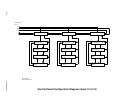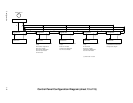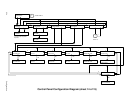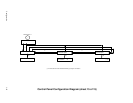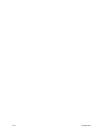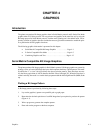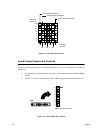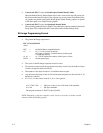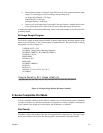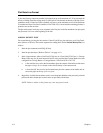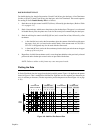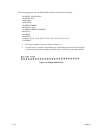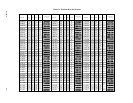
Graphics4–4
• Control
code ESC Y
selects the
Double Speed, Double Density Mode.
When
the Double Density
, Double Speed control code is received, the data will print at dou
-
ble
the
current horizontal dot density
, but adjacent dots are not printed. Since Double Den
-
sity
graphics are printed at
half speed, Double Speed, Double Density graphics are printed
at
the same speed as are Single Density graphics.
• Contr
ol code ESC Z
selects the
Quadruple Density Mode.
When
printing Quadruple Density graphics, the printer pairs adjacent quadruple density Bit
Image bytes. The compounded data is then printed in the Double Density mode.
Bit Image Programming Format
• The
general Bit Image expression is:
ESC CC(n1)(n2)DATA
where:
ESC = the Serial Matrix compatible header
CC = K, L, Y or Z to select dot density
(K=single, L=double, Y=double density
, double speed
Z=quadruple density)
n1, n2 = n1 + 256 n2 defines the number of data bytes to follow
DATA = the dot pattern bytes
• The syntax of the Bit Image expression must be correct.
• The
expression must include the appropriate dot density control code, the number of bytes
of data to be plotted, and the data itself.
• The number of data bytes and the n1, n2 definition must be equal.
• Any
characters
following n1 and n2 will be interpreted and plotted as data until the n1, n2
definition
is satisfied.
• If n1 = n2 = 0, then control codes K, L, Y, or Z are ignored.
= 700 bytes of data; 2 sets of 256 with a 188 remainder
= 188–byte remainder
The program statement is: ESC K (188)(2)(DATA)
n2 = 2 (700 ÷ 256)
n1 = 188
NOTE: Depending on the host computer system, it may be necessary to include a width
statement within the BASIC program.



